ZHCSBM4B September 2013 – August 2015 ISO7142CC
PRODUCTION DATA.
- 1 特性
- 2 应用
- 3 说明
- 4 修订历史记录
- 5 Pin Configuration and Functions
-
6 Specifications
- 6.1 Absolute Maximum Ratings
- 6.2 ESD Ratings
- 6.3 Recommended Operating Conditions
- 6.4 Thermal Information
- 6.5 Electrical Characteristics—5-V Supply
- 6.6 Supply Current Characteristics—5-V Supply
- 6.7 Electrical Characteristics—3.3-V Supply
- 6.8 Supply Current Characteristics—3.3-V Supply
- 6.9 Electrical Characteristics—2.7-V Supply
- 6.10 Supply Current Characteristics—2.7-V Supply
- 6.11 Power Dissipation Characteristics
- 6.12 Switching Characteristics—5-V Supply
- 6.13 Switching Characteristics—3.3-V Supply
- 6.14 Switching Characteristics—2.7-V Supply
- 6.15 Typical Characteristics
- 7 Parameter Measurement Information
- 8 Detailed Description
- 9 Application and Implementation
- 10Power Supply Recommendations
- 11Layout
- 12器件和文档支持
- 13机械、封装和可订购信息
9 Application and Implementation
NOTE
Information in the following applications sections is not part of the TI component specification, and TI does not warrant its accuracy or completeness. TI’s customers are responsible for determining suitability of components for their purposes. Customers should validate and test their design implementation to confirm system functionality.
9.1 Application Information
The ISO7142CC device uses single-ended TTL-logic switching technology. The supply voltage range is from 2.7 V to 5.5 V for both supplies, VCC1 and VCC2. When designing with digital isolators, keep in mind that because of the single-ended design structure the single-ended design structure, digital isolators do not conform to any specific interface standard and are only intended for isolating single-ended CMOS or TTL digital signal lines. The isolator is typically placed between the data controller (that is, µC or UART), and a data converter or a line transceiver, regardless of the interface type or standard.
9.2 Typical Application
Figure 15 shows the typical isolated RS-232 interface implementation.
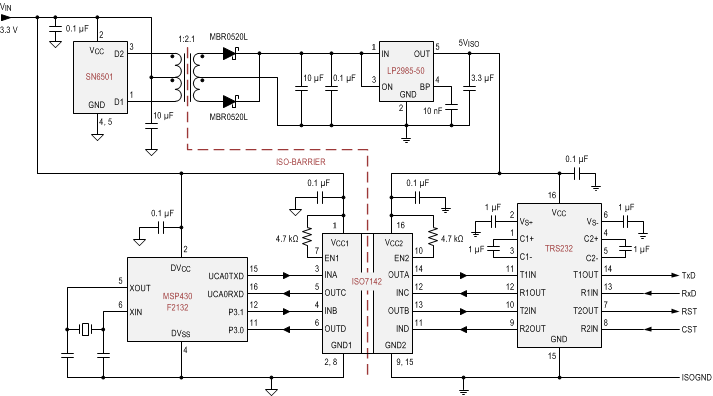 Figure 15. Typical Isolated RS-232 Application Circuit for ISO7142
Figure 15. Typical Isolated RS-232 Application Circuit for ISO7142
9.2.1 Design Requirements
Unlike optocouplers, which require external components to improve performance, provide bias, or limit current, the ISO7142CC device only requires two external bypass capacitors to operate.
9.2.2 Detailed Design Procedure
Figure 16 shows the hookup of a typical ISO7142CC circuit. The only external components are two bypass capacitors.
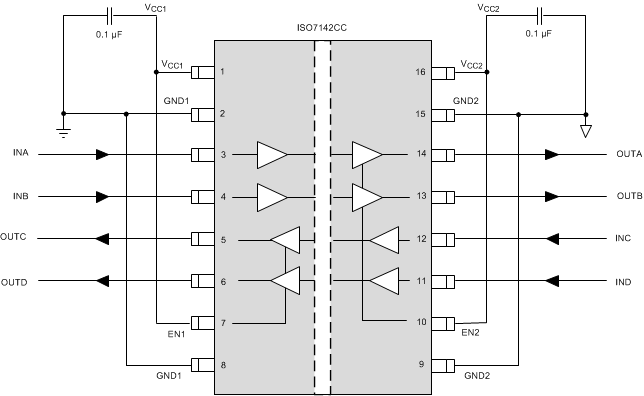 Figure 16. Typical ISO7142CC Circuit Hook-up
Figure 16. Typical ISO7142CC Circuit Hook-up
9.2.3 Application Curves
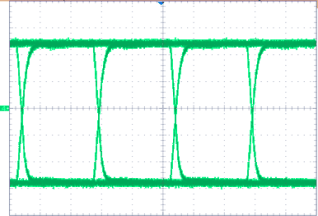 Figure 17. Typical Eye Diagram at 40 Mbps,
Figure 17. Typical Eye Diagram at 40 Mbps,PRBS 216 - 1, 2.7-V Operation
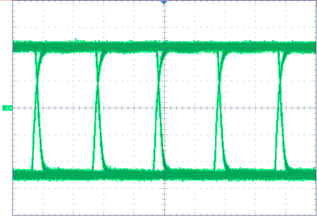 Figure 19. Typical Eye Diagram at 50 Mbps,
Figure 19. Typical Eye Diagram at 50 Mbps,PRBS 216 - 1, 5-V Operation
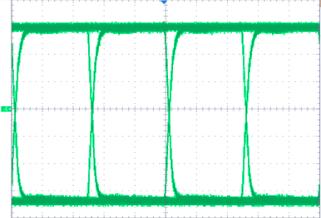 Figure 18. Typical Eye Diagram at 40 Mbps,
Figure 18. Typical Eye Diagram at 40 Mbps, PRBS 216 - 1, 3.3-V Operation